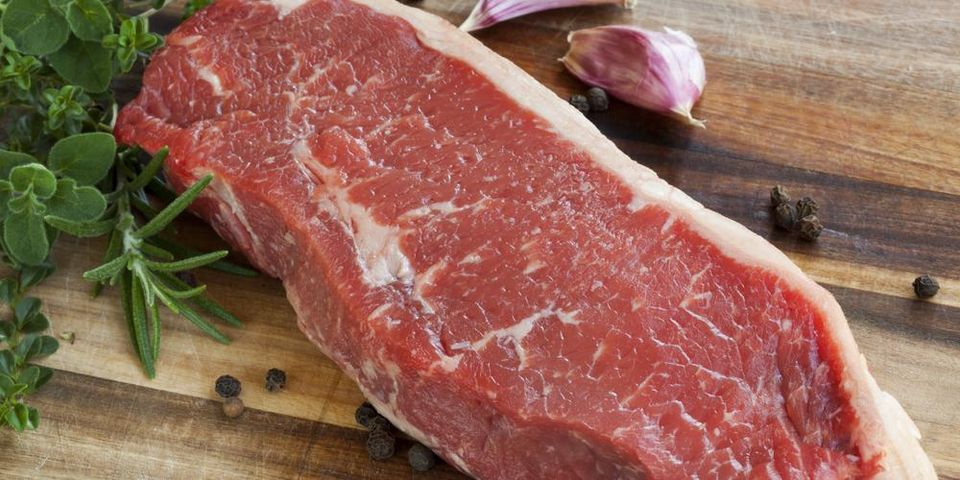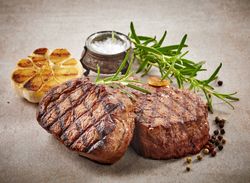
Nothing beats a perfectly cooked cut of steak. Each area of the animal brings different flavors and tenderness, and the way cuts should be cooked is based on certain characteristics. To get the best out of your steak, here is a breakdown on the differences between cuts.
Characteristics of 5 Steak Cuts
1. New York Strip
T-bones are named for the T-shaped bone down the center. On one side of the bone is the strip, which comes from the short loin area of beef. New York strip specifically has no bone when served and has a tender texture best enjoyed medium rare to medium. It also has a smooth flavor and quality fat marbling, making it a popular choice in restaurants and steakhouses.
2. Flat Iron
For rich, juicy flavor, flat iron steaks are the second most tender cut and come from the shoulder of the animal. Once the fascia membrane is removed, the cut is more supple. This cut comes with good marbling that makes it delicious and moist. Cooking to medium is your best bet for optimal flavor.
3. Prime Rib
 Also known as rib roast because it comes from the rib area of the animal, prime rib contains deep, rich marbling that provides one of the most tender bites of steak around. Usually cooked with the bone inside, the best temperature for prime rib is medium rare to medium.
Also known as rib roast because it comes from the rib area of the animal, prime rib contains deep, rich marbling that provides one of the most tender bites of steak around. Usually cooked with the bone inside, the best temperature for prime rib is medium rare to medium.
4. Sirloin
Sirloin steaks are cut from the back of the animal. Sirloins are subdivided into other cuts such as top sirloin, bottom sirloin, and sirloin tip roast. Served bone-in or boneless, sirloin has a tighter grain, making it a little chewier in texture, but it does offer a strong beef flavor. Avoid cooking more than medium.
Since 1954, Brookside Inn Restaurant has been the restaurant of choice for families in the Oxford, CT, area. The restaurant boasts a delicious menu of American fare as well as seafood, pizza, and of course, flat iron or the New York strip steak cooked to perfection. They also provide an event space for private parties and gatherings. Call (203) 888-2272 or visit their website for more.
About the Business
Have a question? Ask the experts!
Send your question

